Tim Byrne comes across horses’ feet that have been over trimmed from time to time.
To avoid over trimming, the Louisville, Ky., farrier suggests resisting the urge to go straight to the bottom of the foot.
“When you start, bring the horse’s foot forward and dress the lower third before you ever touch the bottom of the foot,” Byrne says. “You’re removing dishes and flares right from the start. When you dress your foot down and you bring it forward, if you have a high or a low spot, it just pops out at you. You can tell whether the wall’s getting too thin.”
In Byrne’s neck of the woods, where the environment is pretty wet, it’s crucial to avoid over trimming.
“The horses I shoe just stand in an area much like a swamp, so I have to make sure I drive super high nails and fit the feet,” says the 14-year farrier. “You can’t shoe high nails if a horse’s feet are over trimmed.”
BEFORE 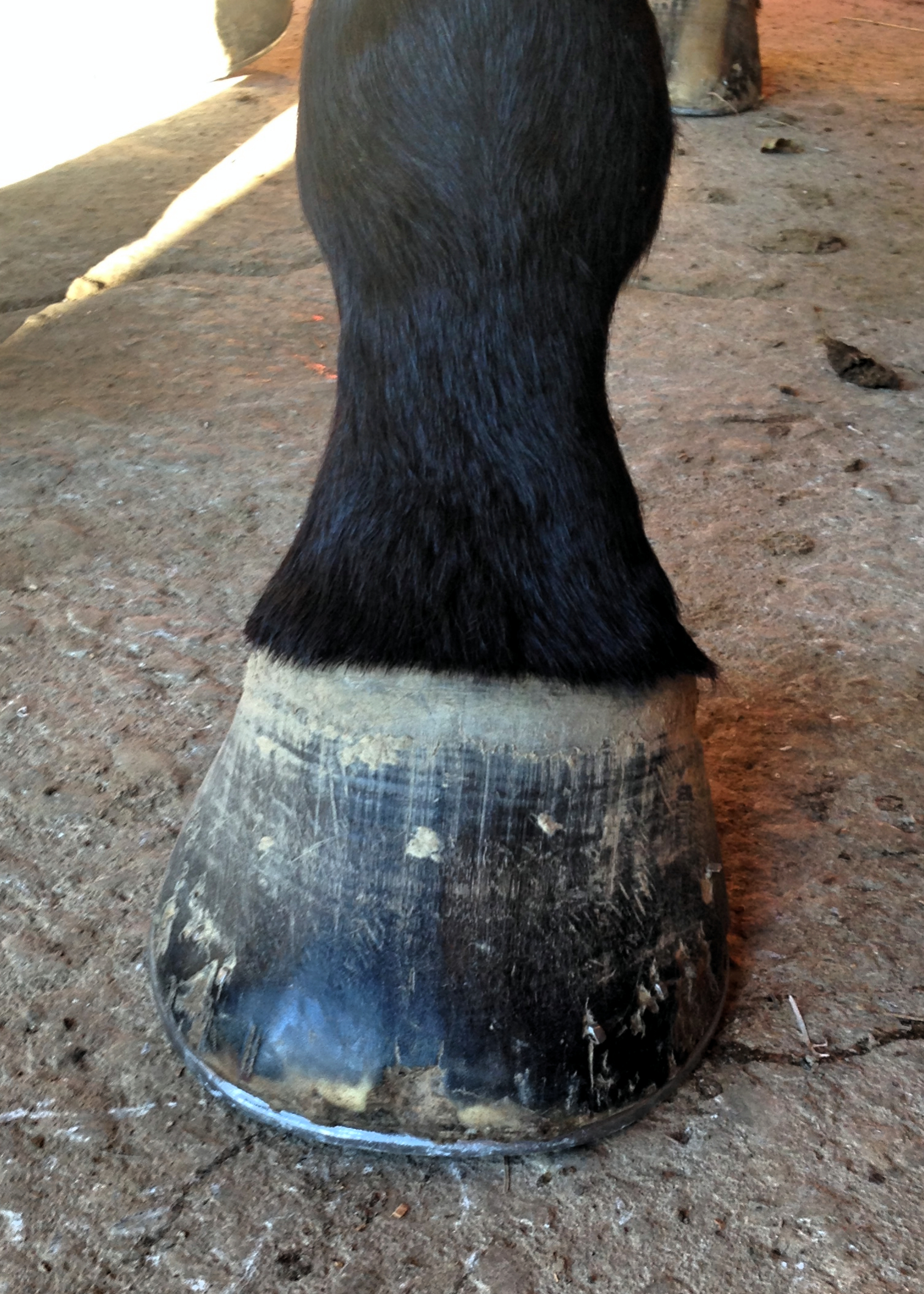
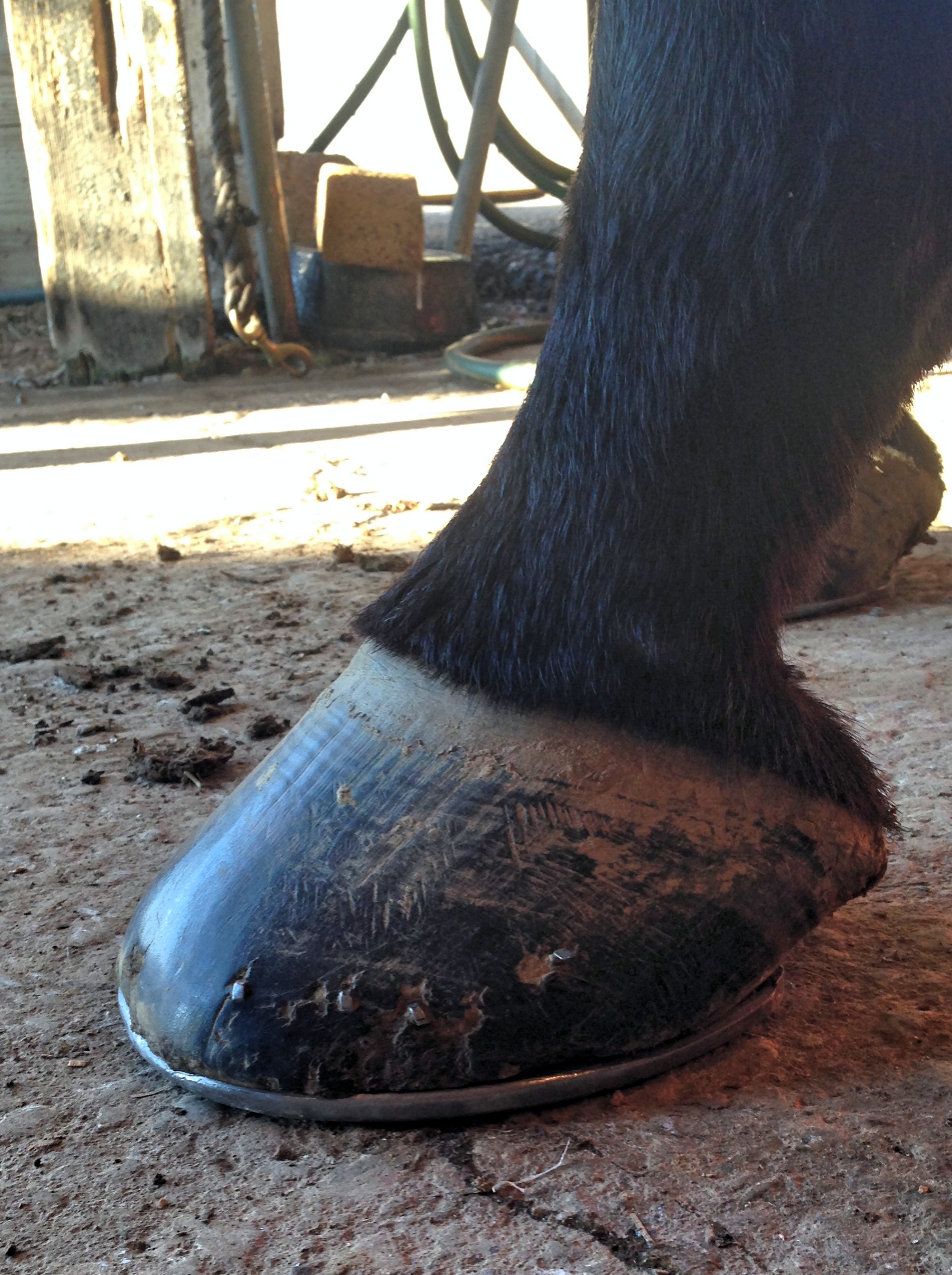
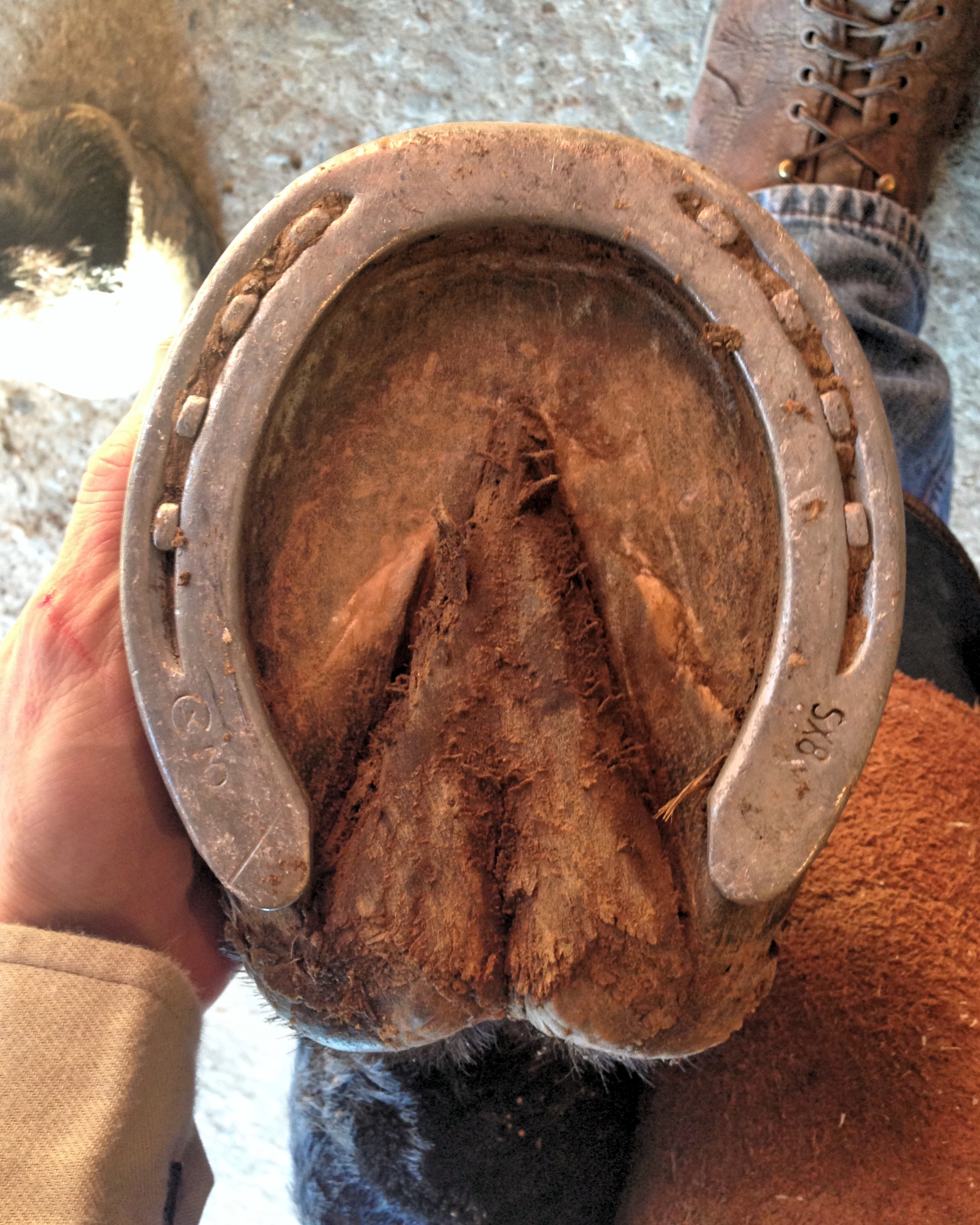
AFTER 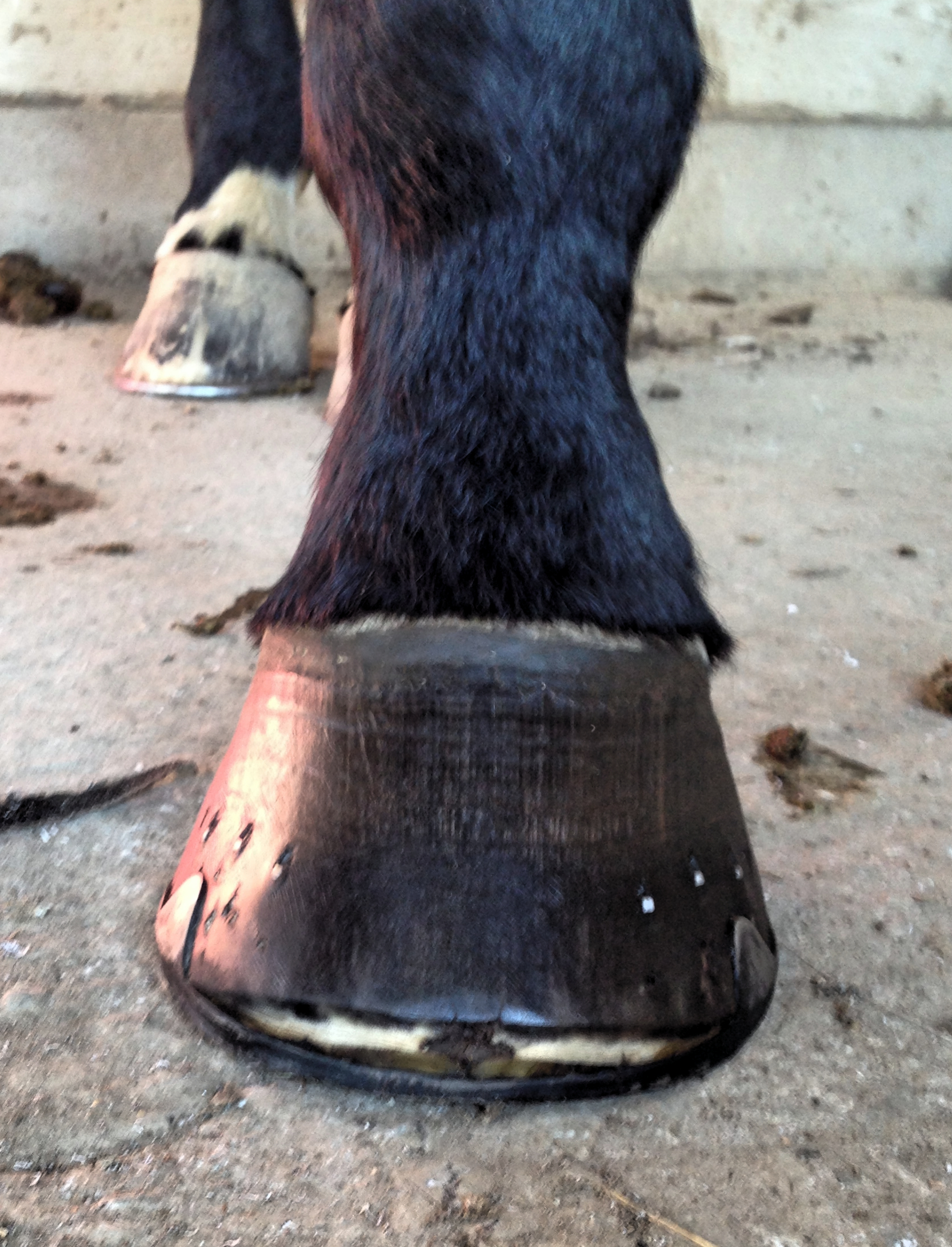
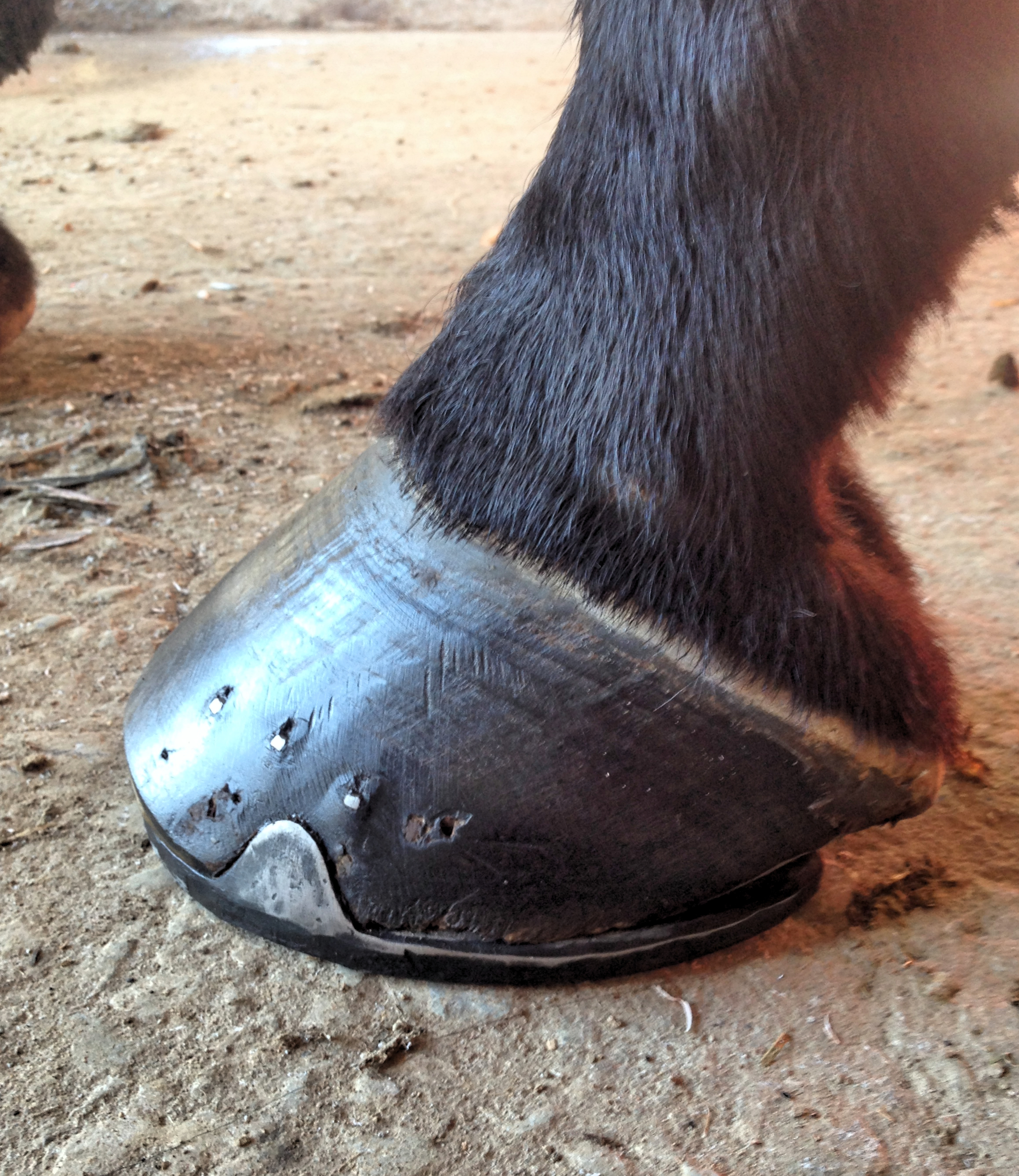
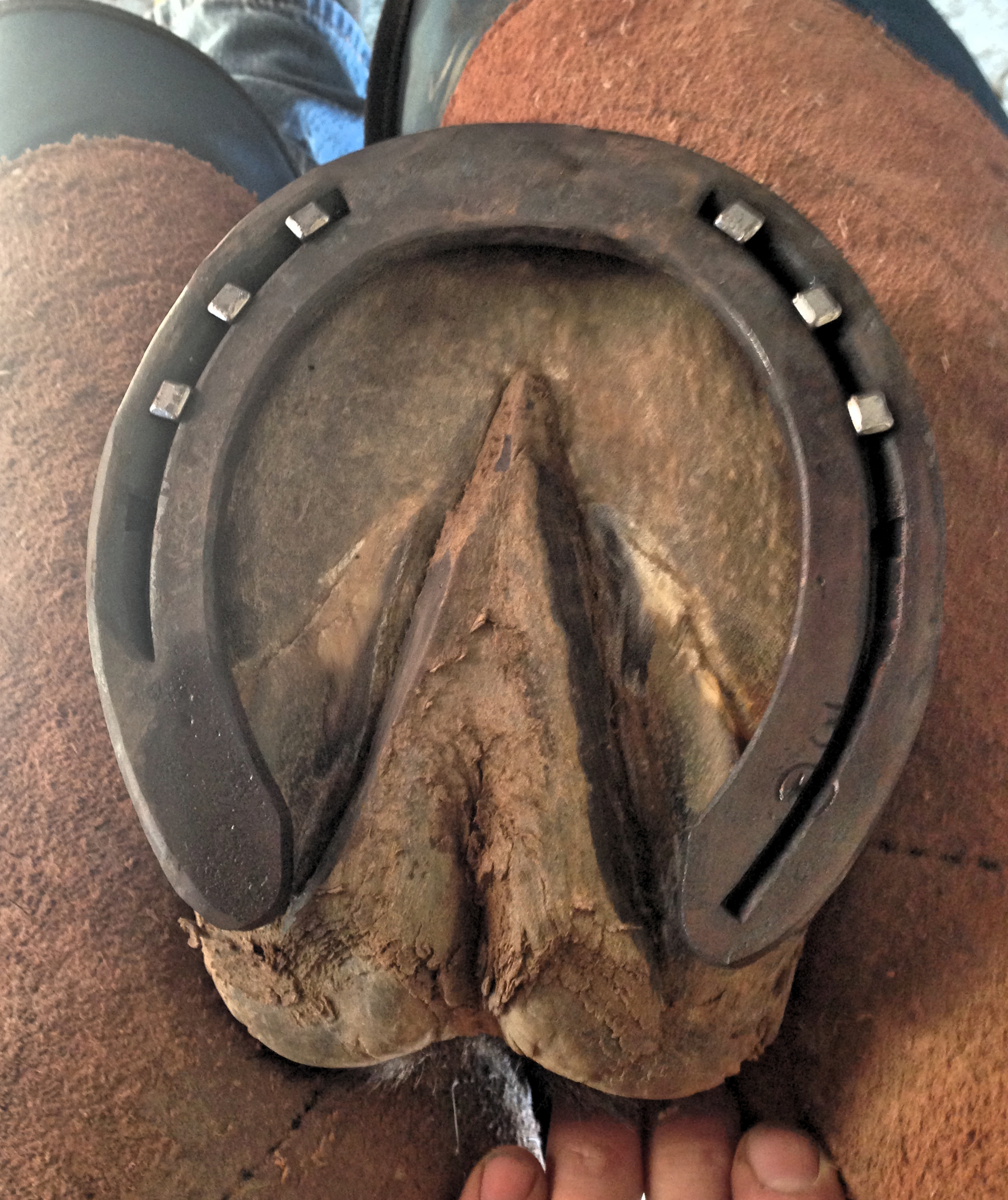
Tim Byrne cares for the feet of a horse that goes away to college with a client. When the client returns from college, the before pictures are generally the condition that the Louisville, Ky., farrier finds the feet in. “I haven’t seen the horse in about 6 months,” Byrne says. “The client told me that the horse had about 8 weeks of growth at that point. The horse’s feet get really over trimmed, so they just collapse. Then the nails are driven low because the farrier is trying to avoid altering the sensitive tissue.” Byrne couldn’t drive the nails as high as he normally prefers because he didn’t feel it was safe. “As you can see from the after photos, I just dusted off the foot and burned a new shoe on and nailed it up.”
Do you have a helpful tip that you would like to share with your fellow farriers? Please send it to Jeff Cota at jcota@lesspub.com. If we use your tip, we’ll send you a free shirt.

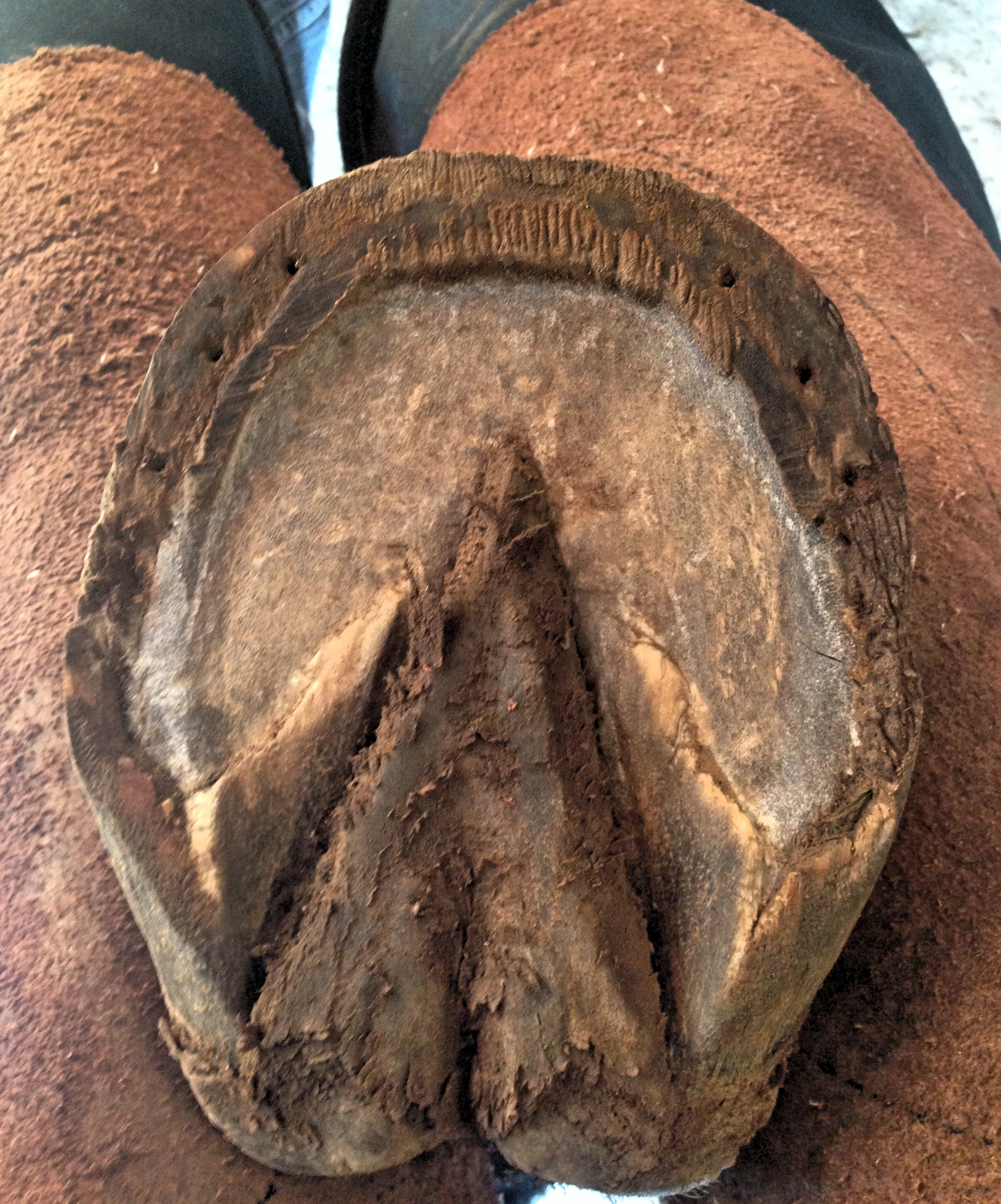
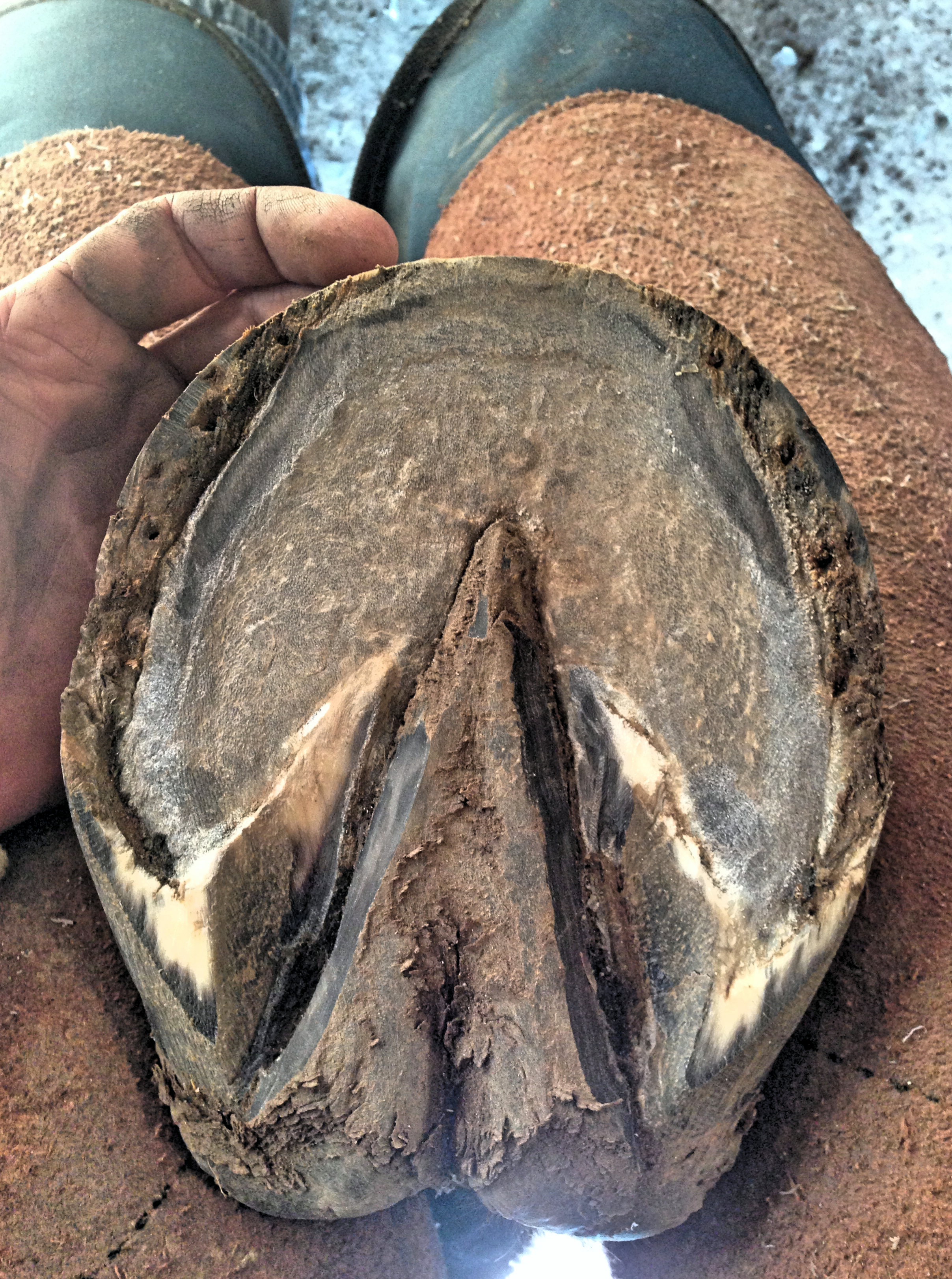







Post a comment
Report Abusive Comment